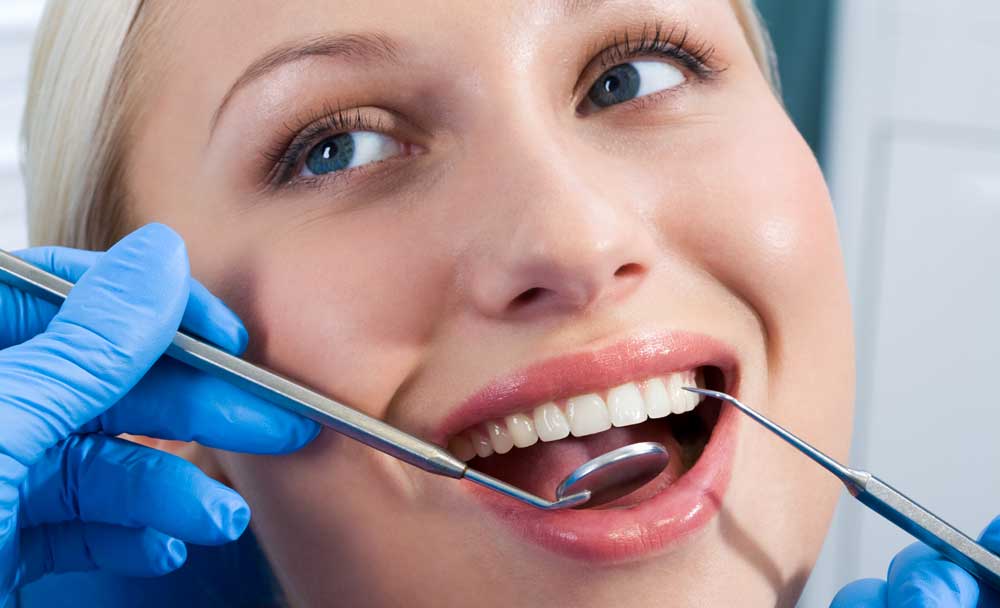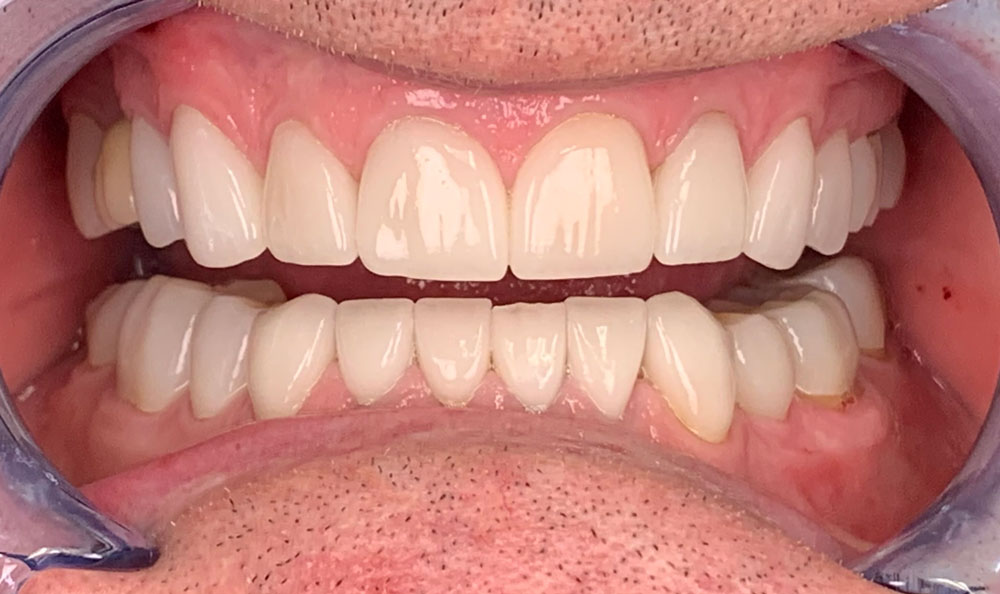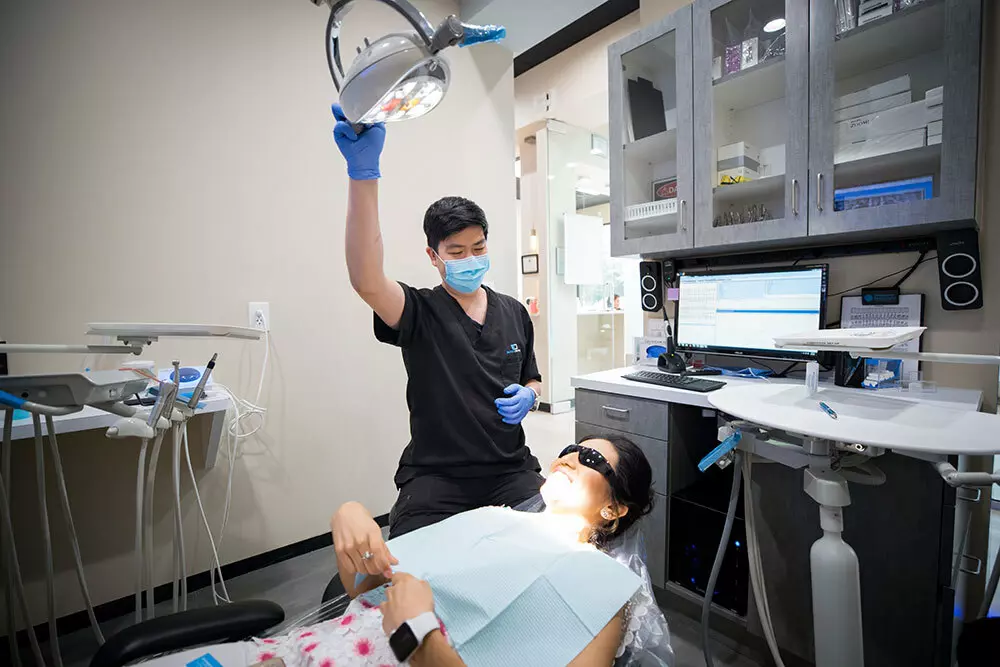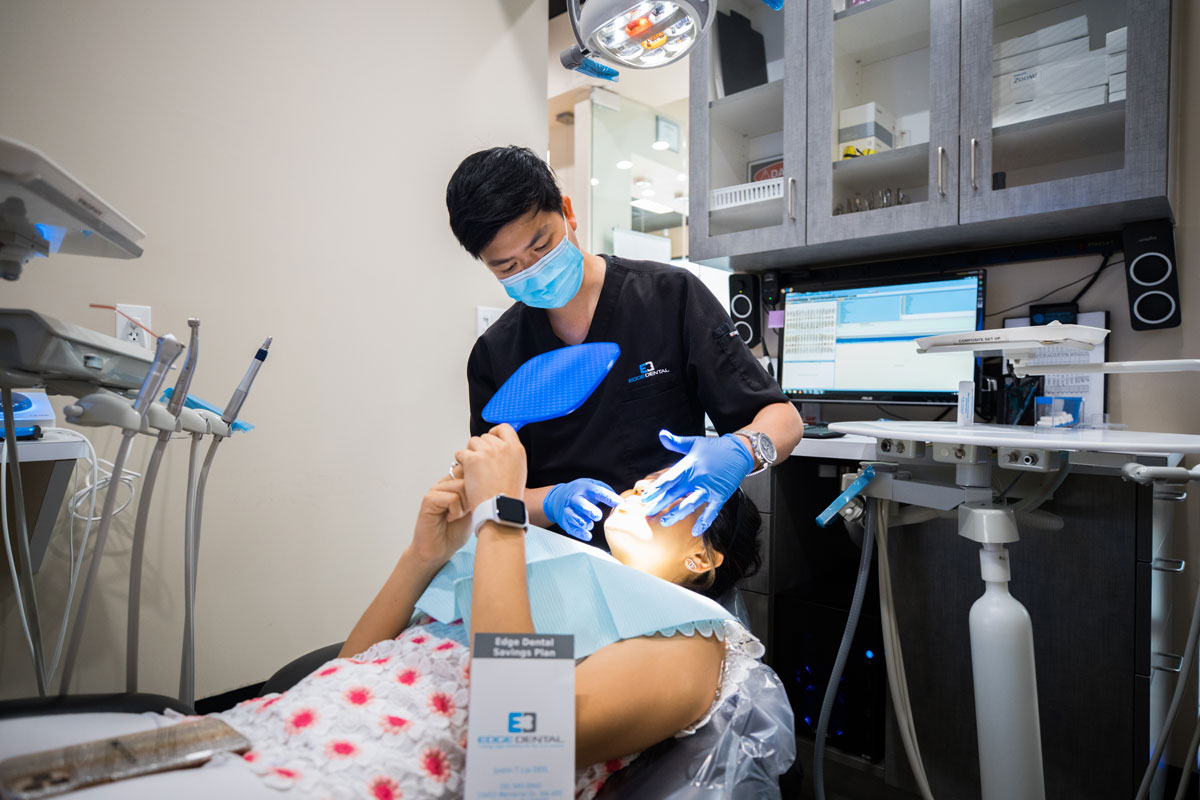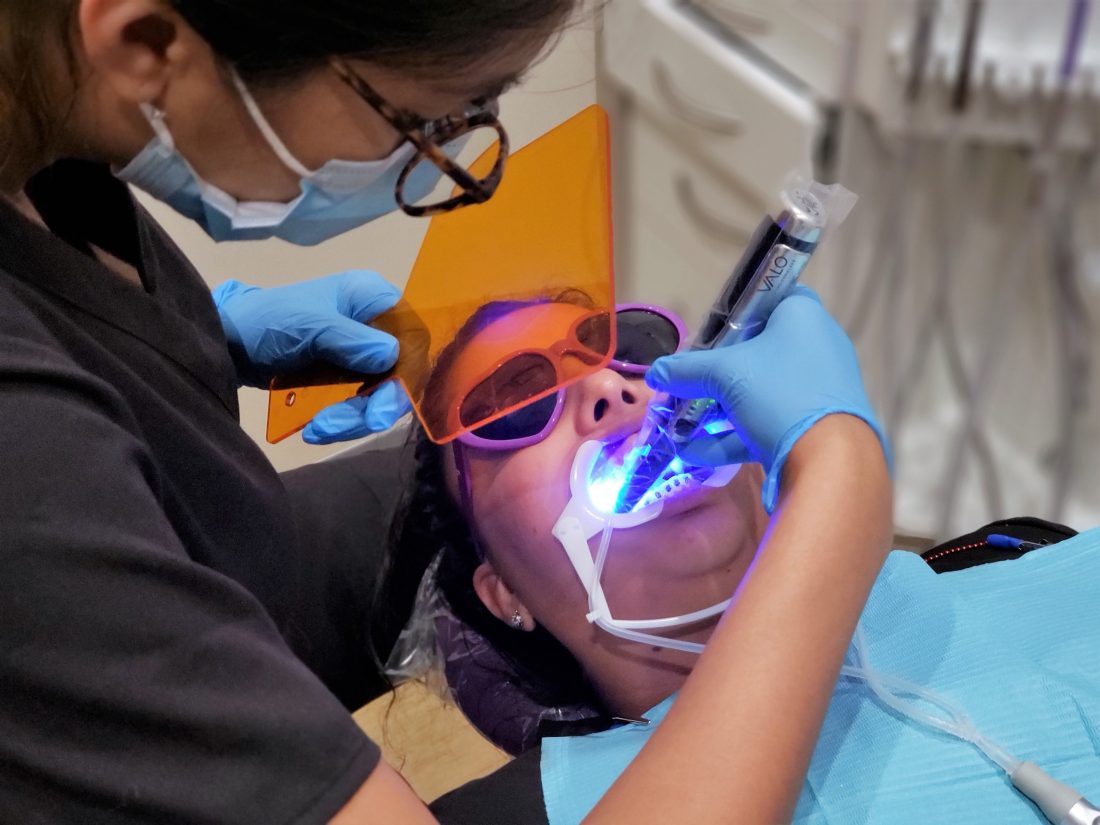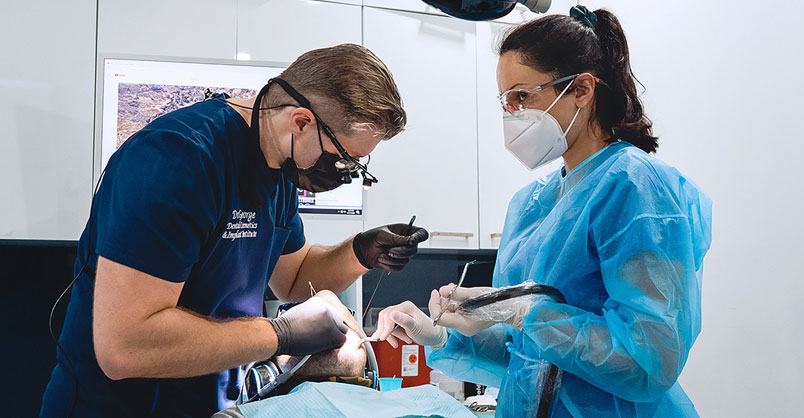A dental abscess arises from a bacterial infection under your gums, occurring at the base or next to your tooth. The disease forms a sack of pus that swells and causes severe pain and gum inflammation. Most frequently, an untreated cavity, an accident, or previous dental treatments cause the abscess. The most typical course of treatment for a tooth abscess is to drain the pus to eradicate the infection. This is typically done with an antibiotic prescription to stop the infection from spreading.
Signs Of A Tooth Abscess
A sharp pain in the gums or around a tooth is the primary symptoms of Abscess Tooth.
Usually, the pain starts abruptly and gets worse over time.
Additional signs and symptoms consist of:
- Pain during biting or chewing Redness and swelling on the face
- A bad aftertaste
- Painful or enlarged lymph nodes under your jaw or in your neck
- Foul breath
- High temperature
- Discomfort that travels to your jaw, neck, or ears
- Swollen, crimson gums
- Sensitivity of the teeth
- Soreness that worsens when you're lying down
- Loose or discolored teeth

Pain relief will be nearly instantaneous in the event of an abscess rupture. As the pus drains out, you might also have an abrupt, unpleasant taste in your mouth.
How to Treat Abscess Tooth?
The treatment goals for a dental abscess are pain relief and infection eradication. Treatment options vary depending on the kind and extent of your abscess.
- Tooth extraction. Your dentist may extract your tooth to drain the abscess if it is too severely damaged. If the tooth cannot be salvaged, your dentist may remove it and drain the abscess.
- In cases where the infection has progressed beyond the abscessed area or your immune system is compromised, your dentist may recommend oral antibiotics to clear the infection.
- They are draining the abscess. Your dentist will make a tiny cut in the abscess to drain the pus. They'll follow up by scouring the area with a saline solution.
- Elimination of alien matter. A dentist will remove any foreign object that may have caused an abscess in your gums. Using a saline solution, they will clean the region once and for all.
You can use an over-the-counter anti-inflammatory medication, such as ibuprofen, Advil, or Motrin, to relieve pain if you can't visit your dentist immediately.

How to Drain Tooth Abscess at Home?
Thus, knowing the hints and techniques to lessen the pain is crucial. The blog assists you in draining dental abscesses at your residence. Choose a home remedy for your gum abscess and educate yourself on the quick tricks. Thus, knowing the hints and techniques to lessen the pain is crucial. Choose a home remedy for your gum abscess and educate yourself on the quick tricks.
It consists of:
- Rinse with water and hydrogen peroxide.
- Over-the-Counter Drugs
- saline spray
- Compression without heat
- Put a paste of garlic on the afflicted area.
- Rinse with water, salt, and baking soda
- Drink tea
- Apply oil
If you want to Learn more Tips and tricks for Tooth abscess Treatment at Home, you must visit a dentist near you.
Concluding the matter
After treatment, an abscessed tooth should heal in a few days. See your dentist again to ensure the infection doesn't spread, even if it seems to drain on its own. Regular dental exams every six months and good oral hygiene can help lower your chance of developing an abscessed tooth.
